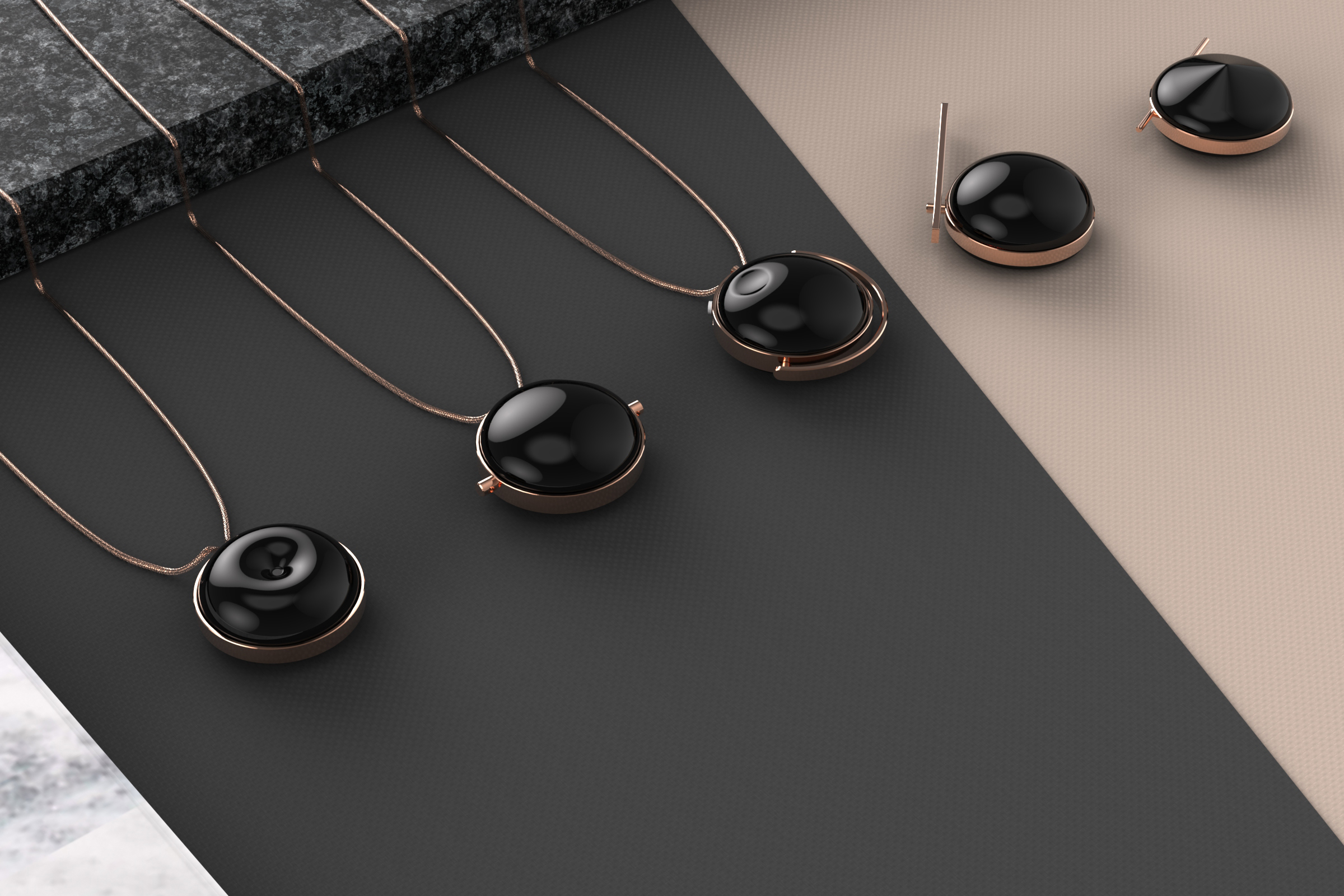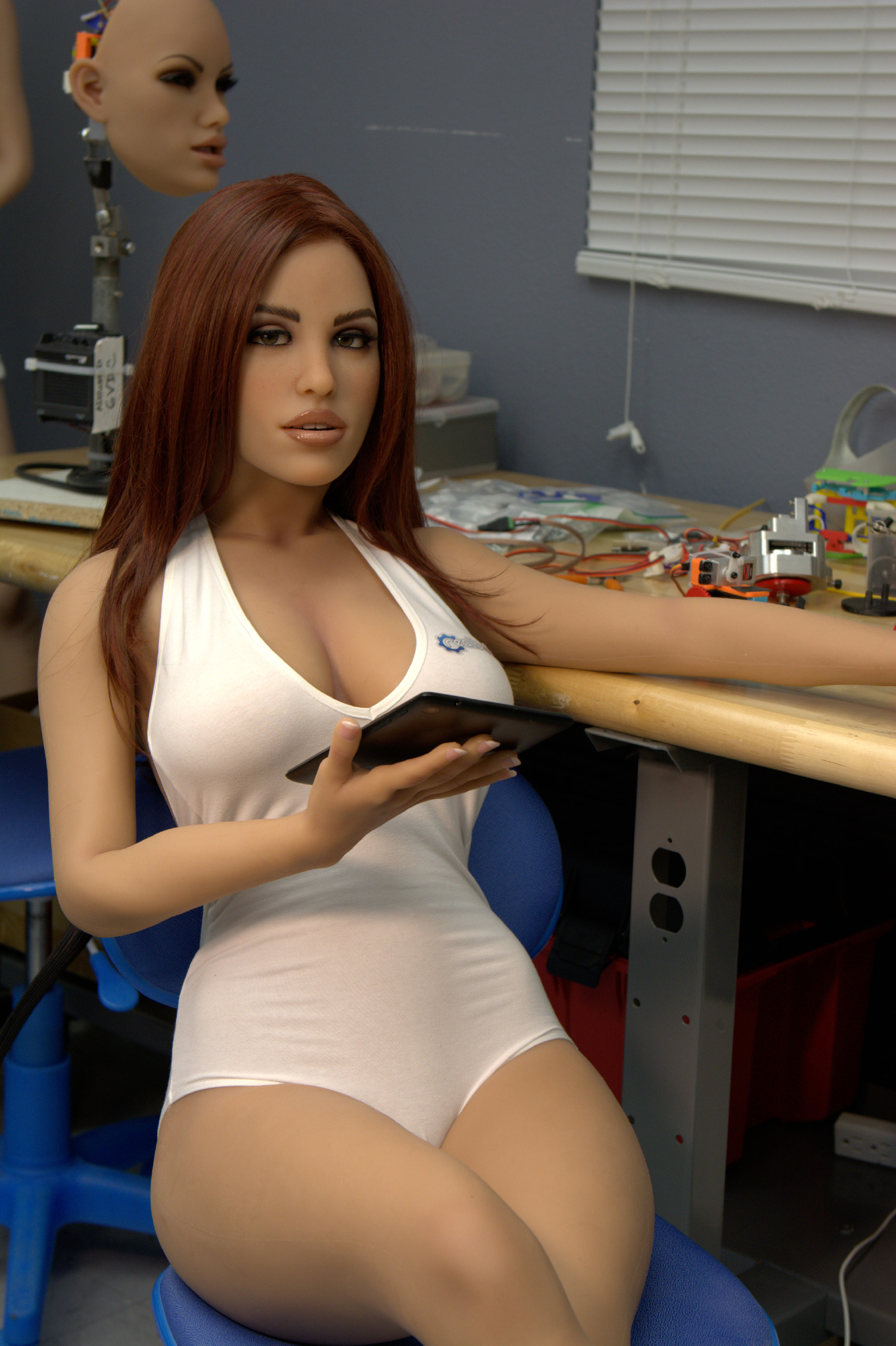The sex industry has always been at the forefront of technological innovation – but is it taking us into the future or back to the past?
Words Marianna Manson
Hear the term ‘sex tech’, and what images come to mind? Scarlett Johansson in next-gen sex robot mode, all shiny male fantasy made from AI factory-flesh? Or a bunch of real women discussing how they like their cunnilingus on a simply-designed website?
In 2009, when Cindy Gallop first set up her “little, clunky website” makelovenotporn.com, she hoped to change the narrative around technology and sex, and undo the negative impact of widespread, mainstream porn. Her site showed real people, having real sex, “as it happens spontaneously in all its funny, messy, beautiful, ridiculous, awkward, wonderful, glorious humanness” – and it was a revelation to many of us.
Makelovenotporn.com is now part of a big community of female-friendly sextech, all focused on making public conversation about sex more authentic and positive. The Women of Sex Tech is a collective of business and tech entrepreneurs from all over the world. As well as teledildonics start-ups (sex toys that connect through apps, and long distance control, like We Vibe), there’s educational platforms like O.School and OMGYes; there’s sexy gaming software, like Desire; and there’s support networks, like Reach Out, which helps survivors of sexual assault and rape. Technological advancement is creating a space for women to actively fight for unmitigated sexual freedom and connect with each other and themselves, which means better sex for everyone.
“It’s an area of rampant insecurity for every single one of us all around the world, no exceptions,” says Gallop. “We all get vulnerable when we get naked. Sexual egos are very fragile. People therefore find it bizarrely difficult to talk about sex with the people they are actually having it with, while they’re actually having it. But everyone wants to be good at sex, and so you will seize your cues on how to do that from anywhere you can.”
But these same technological advancements are inevitably facilitating another, more worrying growth area of sex tech. And thanks to our male dominated media, sex robots, VR porn and the amalgamation of the two are the bits of the industry getting the most air time.
“Coverage of sex-tech tends to default to that area that’s a lot more comfortable to talk about and geek out on, which is the hardware,” Gallop says. “That side of the technology is all about pushing us further and further apart into our own little virtual worlds. It’s a lot more difficult and uncomfortable to talk about the side of sex tech that I operate in, the software, which is all about enabling people to have better sex in the real world.”
Ky Hoyle founded Sh! Women’s emporium over two decades ago, when she realised that a lot of the hardware available at that time was distinctly female unfriendly. Hoyle tells me there is a specific reason that her shop doesn’t sell realistic, “veiny, dick-shaped dildos and pussies in cans. There’s a lot of going back to basics when it comes to female pleasure – it’s been ingrained for so long that it’s all about the dick and penetration, when it’s clearly not.”

Wisp jewellery
But this welcome revolution is being somewhat obscured by the rapidly evolving sexbot industry, linking advanced AI technology with the scarily life-like silicone sex dolls that are already widely available and hugely popular with men from all over the world
And thankfully, today there’s no shortage of sex toys painstakingly crafted with women in mind. The tech that does appeal to women, says Hoyle, is all about connecting, and intimacy – like ‘rumbly’ deep vibration, concentrated suction and even Wisp jewellery, wearable tech that mimics the sensation of skin-on-skin contact. “Whether it’s biologically ingrained, or socialised that men are buying this hyper realistic hardware is tricky to say. Forever women have been told that we’re ‘not into’ visual sex, that we’re into ’emotions’, and that;s more suppressive socialisation that we’re never really able to get free of – but we’re still animals, we are visceral.”
“Maybe there’s more than one definition of intimacy,” she adds.
But this welcome revolution is being somewhat obscured by the rapidly evolving sexbot industry. Linking advanced AI technology with the scarily life-like silicone sex dolls that are already widely available and hugely popular with men from all over the world, it’s more of the same old creepy objectification-porn – and media catnip.
Dr Fiona Vera-Grey, a fellow at Durham University who’s currently conducting a huge study on women’s experiences of mainstream porn, agrees that there are two very separate trajectories that sex tech is headed in, with a pointed division between the male and the female experience of sexuality. She shares in my unease at the lack of mainstream resistance to sexbots – when asked what his biggest competition was, Realbotix CEO and creator of the world’s first commercially available sexbot, the Harmony doll, answered “the human female”. Comments on the robots’ social media range from ‘She is the perfect woman!’ to ‘The salvation of the modern man’ to ‘I look forward to the day [the] women [sic] market crumble’. The argument that this is just a sex toy, like dildos or vibrators, just doesn’t stand up.

Harmony bot
Within the male dominated mainstream arena of sexuality, we are regularly reduced to just our appendages or orifices (the former more often than not presented as not even having a body attached to it)
“You refer to the sex doll as ‘her’,” points out Dr Vera-Grey when my tongue slips. “We don’t refer to our dildos as ‘him’, unless we’re joking – it’s just not something that we personify.” The Harmony doll and accompanying AI app can have coherent conversations, remember details and imitate subtle, human facial expressions. “We’re not encouraged to develop a personal, intimate relationship [with our toys] as if a man could be reduced to this mechanical object, and yet we are really easily led to be able to identify the sexbots as having personal attributes.”
Within the male dominated mainstream arena of sexuality, we are regularly reduced to just our appendages or orifices (the former more often than not presented as not even having a body attached to it) – and the sex robot industry seems like a tangible manifestation of this. Worse, isolated sexual experiences with hardware are in danger of becoming so glorified that they’re seen as a genuine alternative to the real thing. Meanwhile, work like makelovenotporn and The Women of Sex Tech goes largely unreported, as the age old spotlighting of the male sexual experience continues.
The industry may be shifting, but the narrative is woefully familiar. My friends, get mouthy on your social feeds and be brave at dinner parties. There’s work to be done.
Transcribed using Trint

Marianna Manson
Editorial Assistant
Marianna is a multi-platform journalist and the Editorial Assistant at PHOENIX, with a background in Women’s Lifestyle and social commentary. A recent MA graduate from Goldsmith’s College, Marianna launched and edited a student magazine and blogging platform, darling nikki, which she hopes to continue in 2018.
